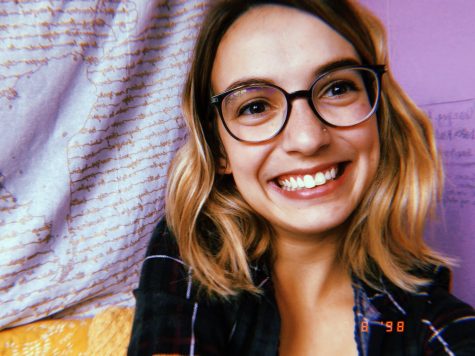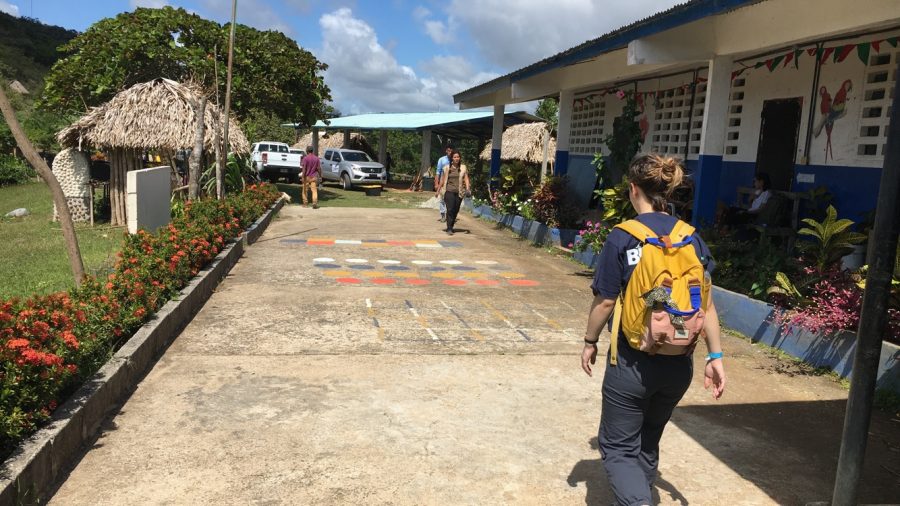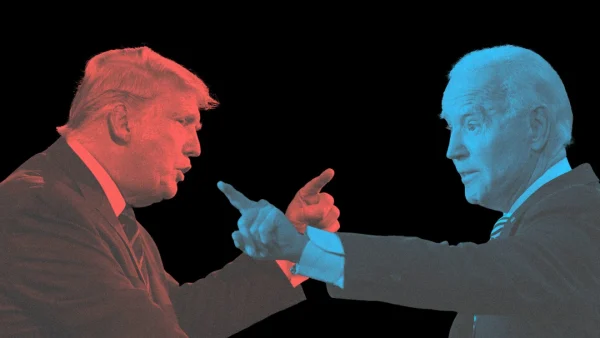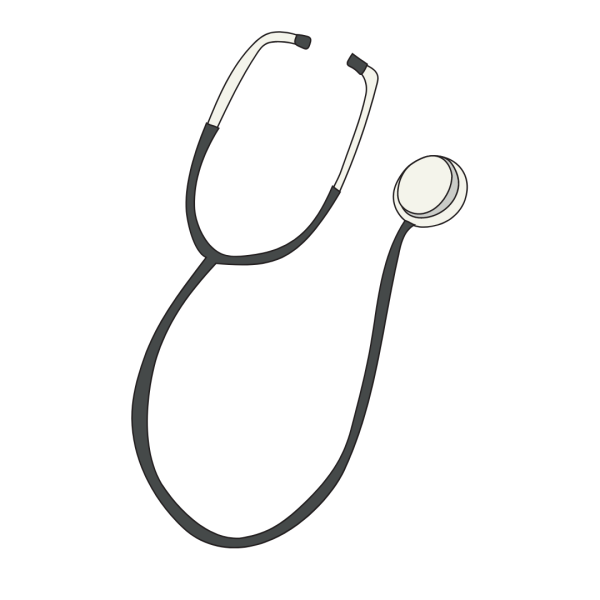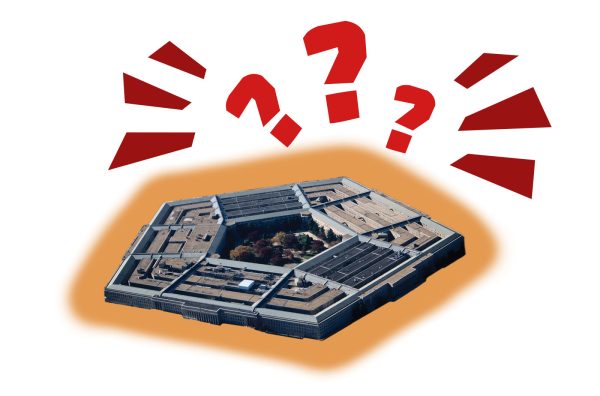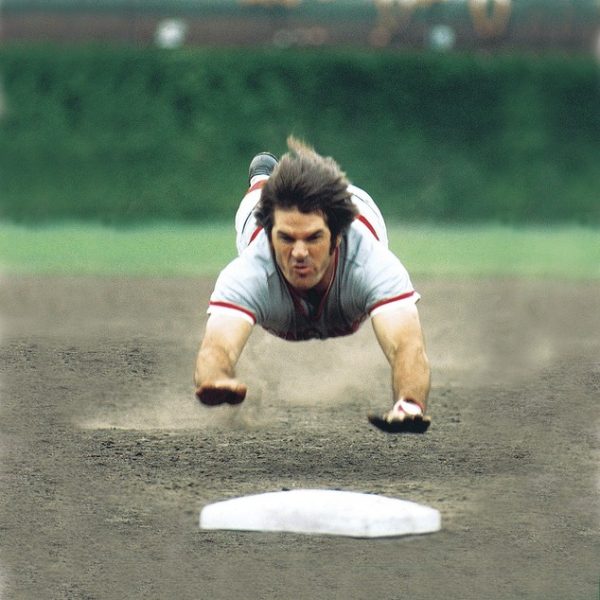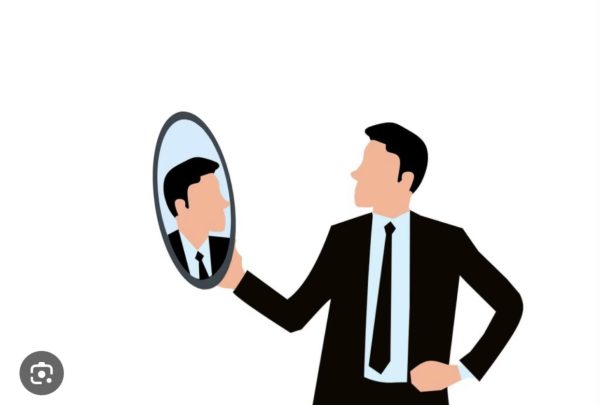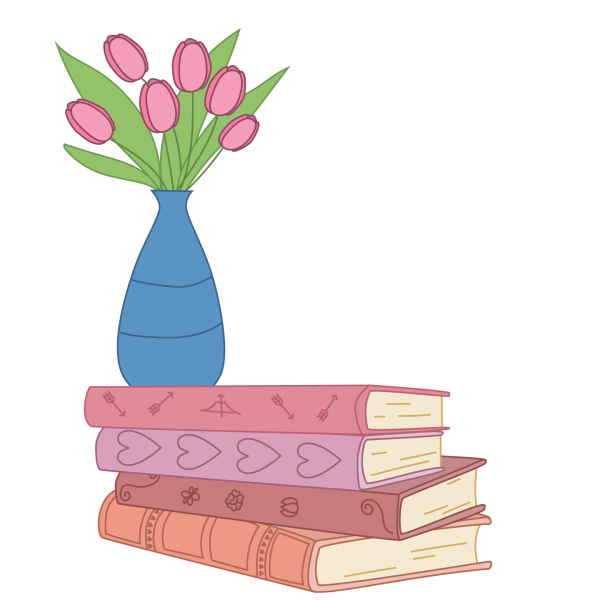Becoming a Global Citizen: My Global Brigades Story
When I texted my mom asking for advice as to whether it would be possible to apply for a Global Brigade Trip—mostly because I didn’t know if we could pay for it—she told me, “Sweetie, just sign up for it, we’ll figure it out.” And like that, the night the application was due and accepted, I was thrown into a $2000 trip in five months. I set up a GoFundMe and started selling my handmade knit scarves to raise the funds.
Our brigade had a few pre-departure meetings, but a lack of communication all around left me feeling totally lost. As the trip got closer, I found myself looking for ways to approach it from an educated perspective. I’d heard about mission trips and the “white savior complex,” and more than anything, I wanted to avoid going into this trip with that mindset. It was important to me that I was participating in an organization that wasn’t engaging in hidden “voluntourism.” Global Brigades doesn’t seem to be one of those organizations. They pride themselves on their holistic model for communities and involving the people in the communities in decision-making and planning. The first brigade is typically medical because that is usually what communities are most lacking. This is the brigade I took part in, in the country of Panama.
When I began, I knew very little about Panama outside of what I learned in third-year high school Spanish. Panama has a population of roughly 4.1 million people and an extremely complicated health care system managed by the Ministry of Health. Global Brigades focuses their attention on the more rural areas, where 41% of people live under the poverty line and the physician density is about 1.6 doctors per 1,000 people. The dentist density is even smaller, at 0.31 doctors per 1,000 people. For comparison, the US had 2.6 doctors per 1,000 people and Cuba had 8.1, the largest ratio in the world in 2016.
However, an article I came across that really influenced my view of our trip was called “The Problem With Little White Girls, Boys and Voluntourism” by Pippa Biddle. Biddle recounts her years of work in developing countries and the realization that “I am a 5’ 4’’ white girl who can carry bags of moderately heavy stuff, horse around with kids, attempt to teach a class, tell the story of how I found myself (with accompanying powerpoints) and not much else.” This struck a chord with me, a 5’ 2’’ white girl with good intentions, and I began to doubt myself and the efficacy of the trip I was leaving for in less than a week. I felt like a total fraud any time one of my family members told me how “awesome” I was for doing this. Was I really going to be able to make a difference? Or was I just another “college student from the global North?”
Clare Talwalker, Ph.D., writes, “The burden of embodying the world’s inequalities, often in their very own corporeality … feels heavy for many, even unbearable.” I felt this in a deep part of my heart every day leading up to my trip, despite the well-intentioned consolations from my mom. But, Talkwalker offers two unique approaches for the student volunteer, which guided my perspective: (1) “to conceive of the volunteer aid industry as opening spaces for a range of social encounters between volunteers and aid beneficiaries; (2) “to take on instead the part of witness to—and, perhaps, facilitator of—others’ political engagement with their national government.” The former became my goal for the trip.
Traveling from St. Louis to Houston and then to Panama City gave me lots of time to sleep, think and write. I cut and pasted a magazine page into my journal, the heading “Field Notes,” where I could reflect at the end of each day.
Our first day of work began at 6 a.m., when we ate traditional Panamanian breakfast and hopped on the bus. However, the hour-long bus ride turned into a three-hour ordeal when our bus couldn’t fit on the roads to get to the community. When a family allowed at least 20 students into their home—quite literally a line out the door—a beautiful thought dawned on me. Their home was a peachy clay with a tin roof that didn’t quite touch the top of the walls. The windows were simple openings, and the kitchen seemed more like a patio. Like so many other houses I’d seen, it amazed me that they were so comfortable outside. They literally were one with nature in a way that most people from the United States wouldn’t prefer. As a self-described homebody who is allergic to grass, I admired the simplicity and openness. I think this idea of being exposed to another culture, another way of life, is what Talwalker meant about engaging as a global citizen.
At the end of the day, I was exhausted from digging trenches for a plumbing line at a school and once again began questioning my reason for being there—this wasn’t exactly what I had in mind. The next three days were spent setting up clinics in two communities, Las Lajas and La Valdeza, where we took vitals, shadowed traveling and local physicians, taught children about dental hygiene at “charla” or helped run medications in the pharmacy. These three days of clinics were the most rewarding for me, as an aspiring medical student interested in global health.
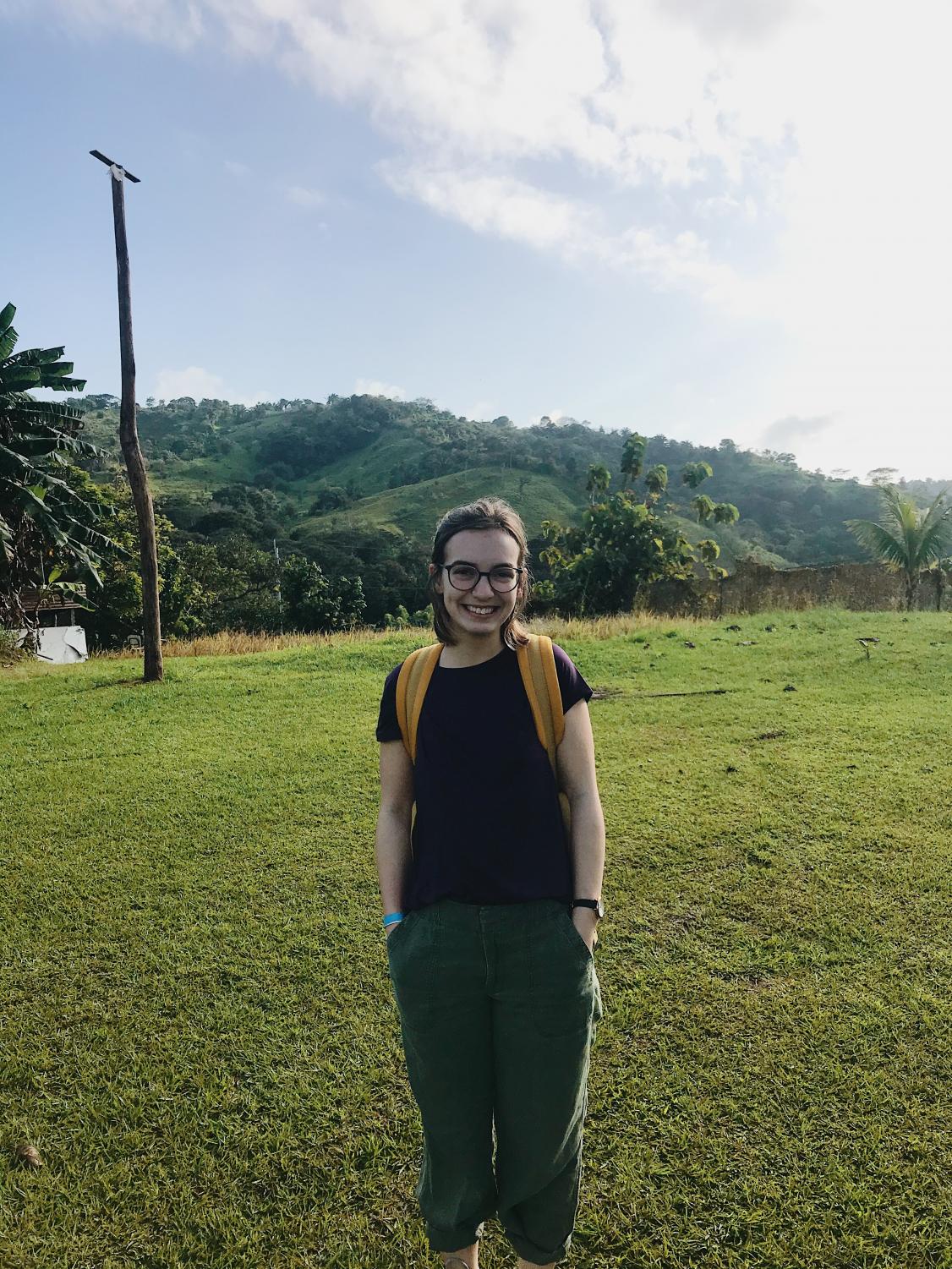
It was incredible to see people lining up in the morning, standing in the sweltering heat, to see a physician or dentist. Some of the patients were children seeing a doctor for the first time this year, while others simply wanted a new prescription for their blood pressure medication. Each night, we entered patient data into an electronic medical record system, and a few weeks after the trip, we received an impact report. Our brigade alone saw 426 patients total—356 received medical, 145 received dental, and 39 received optometry attention during our clinic days.
I acknowledge that these trips are criticized for their toursity aspects and many participants’ need for validation of doing something good. Walking this line still plagues me, even as I write this article, because I hear and understand the criticism. But with my good intentions and open mind, I gained so much more on this trip than a resume-building experience or a do-good feeling. Talking with people my age about real-world issues like government corruption and climate change, learning how to communicate in Spanish or simply with body language, and experiencing the pure natural beauty of Panama’s mountain sides are all immeasurable reasons I have become a better global citizen because of my Panama brigade. And being a part of a sustainable, admirable organization like Global Brigades isn’t only about building up and supporting communities; it’s also about cultural exchange, about meeting in “spaces of Otherness.”
Your donation will support the student journalists of Saint Louis University. Your contribution will help us cover our annual website hosting costs.
